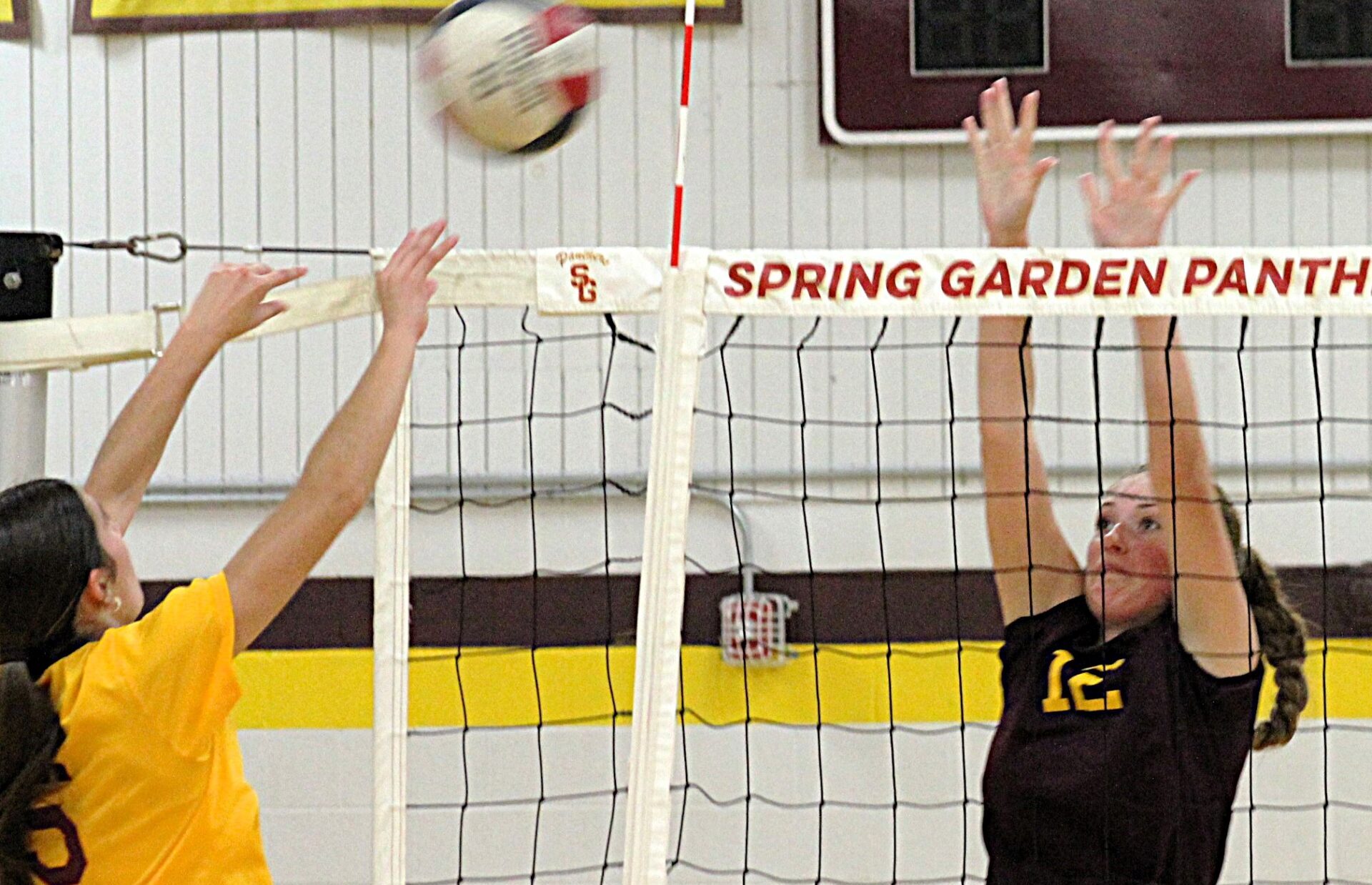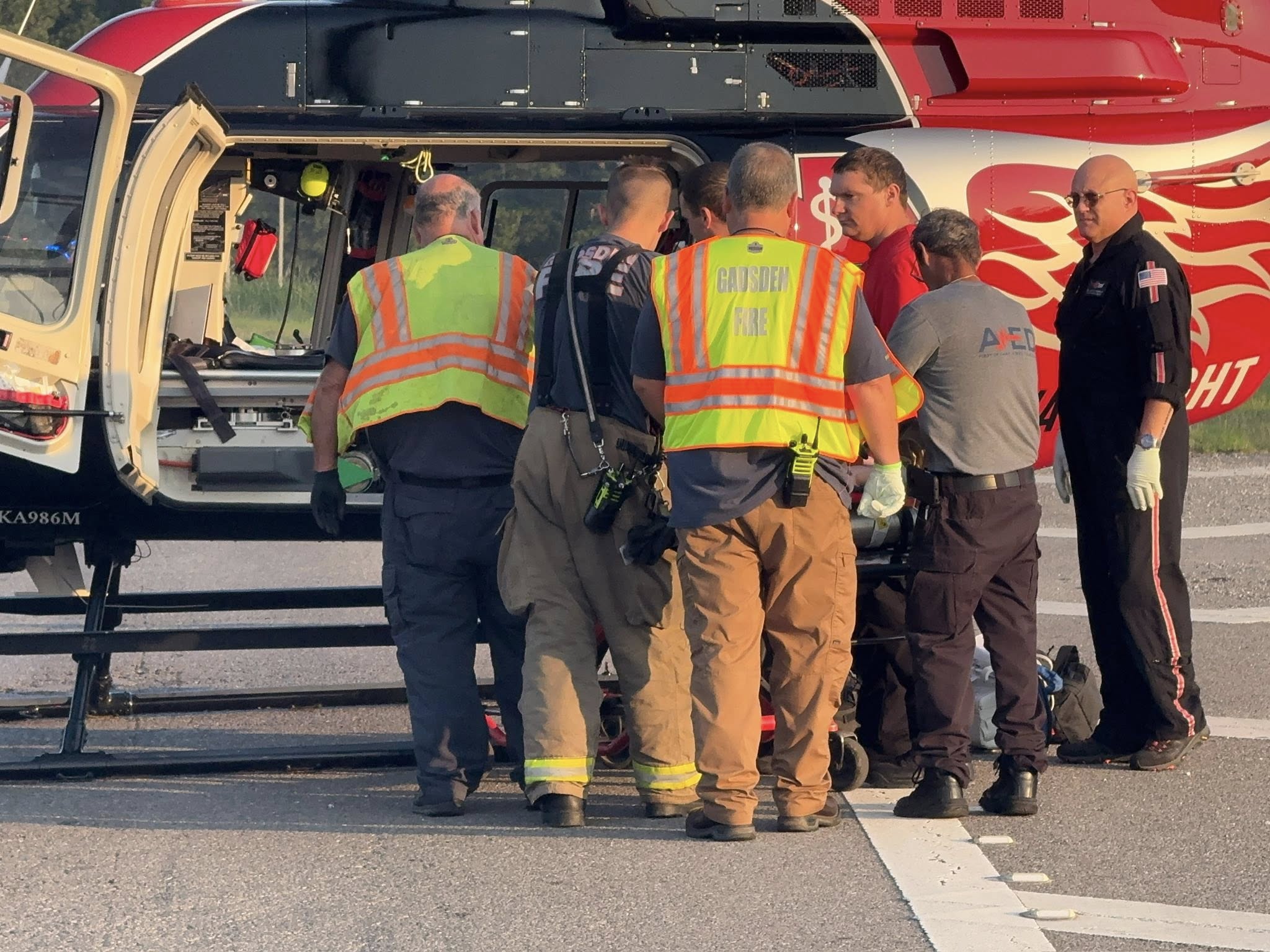 Official White House Photo by D. Myles CullenBy JORDYN PHELPS, ABC News
Official White House Photo by D. Myles CullenBy JORDYN PHELPS, ABC News
(WASHINGTON) — Under criticism for the lack of a national strategy for testing and continued expert warnings that the United States lacks the necessary testing capacity to safely reopen amid the pandemic, President Trump has rolled out a new blueprint for testing and confidently declared that the United States is already on solid footing on testing and on track to “more than double” capacity.
“We are continuing to rapidly expand our capacity and confident that we have enough testing to begin reopening,” President Trump said in a Rose Garden press conference Monday. “And the testing is not going to be a problem at all.”
But despite the president’s rosy assessment, the blueprint offered few specifics on how the country will achieve goals to ramp up testing and placed the burden of responsibility on the states to actually achieve targets for ramped up testing while describing the federal government as a “supplier of last resort.”
Dr. Cyrus Shahpar, director of the Prevent Epidemics Team at Resolve to Save Lives, says the White House goal falls far short of meeting standards for adequate testing.
“Two percent of the U.S. population is about 220 thousand tests a day, but we know to test just the highest priority groups, we need a half a million tests a day, so this falls short,” Shahpar told ABC news. He included public safety workers, asymptomatic health care workers, and other essential workers in his definition of high priority groups.
While the president didn’t not offer specific metrics for his claim that the U.S. will “double” testing, the administration’s top official on testing Assistant Secretary for Health Adm. Brett Giroir says the administration’s goal is to make sure each state has capacity to test at least 2 percent of its population on a monthly basis..
“The 2% really is sort of a minimum floor,” Grior said in an interview on “Good Morning America.” “There are many states that want to do 4%, 6%, 8% every month. We have the supply chains figured out. We know what we can supply the states so we are much more sophisticated. The overall strategy is a strategy. It’s not a state-by-state plan.”
Some experts warn that the administration’s estimates of how much testing remain far short of what is needed. A recent report from Harvard University, for instance, estimated that the U.S. needs to be conducting 5 million tests per day by early June in order to facilitate a safe return to normal functions.
Asked about the Harvard estimate by ABC News Chief Anchor George Stephanopoulos, Giroir dismissed that report as unrealistic.
“We don’t believe those estimates are really accurate, nor are they reasonable in our society. What we’re talking about, the 2% number, let’s just put that in context. 2% per month is almost double the per capita rate that South Korea has achieved over the last four months,” Grior said, pointing to South Korea, which is widely regarded as the gold standard for testing, as a point of comparison.
Beyond expert analyses that offer a far more pessimistic outlook of the state of testing in the US than the rosy projections coming from the White House, the administration’s plan is also facing criticism from Democrats on Capitol Hill.
The top Democrat on the Senate Health Committee, Sen. Patty Murray of Washington, criticized the plan as lacking specificity and blasted the administration for assigning responsibility to the states for what she argued should be a federal responsibility.
“This document does nothing new and will accomplish nothing new,” Ms. Murray said in a statement Monday. “It doesn’t set specific, numeric goals, offer a time frame, identify ways to fix our broken supply chain, or offer any details whatsoever on expanding lab capacity or activating needed manufacturing capacity. Perhaps most pathetically, it attempts to shirk obvious federal responsibilities by assigning them solely to states instead.”
Copyright © 2020, ABC Audio. All rights reserved.



